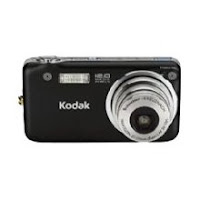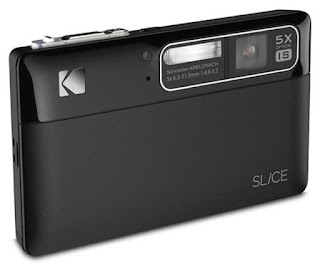Point-and-Shoot vs. SLR Cameras: What the Author Missed!
Point-and-Shoot vs. SLR Cameras: What Are the Real Differences? Problem with this article: it's written for idiots. The biggest difference between point-and-shoot and digital SLR cameras? DSLRs have larger sensors that capture more light. They'll capture great photos in dimmer light, too. DSLRs also have more processing "horsepower," while p/s cameras ask one chip -- the same one that captures the image -- to do all the computer-type data management and processing. That's why small cameras have shutter lag. All the other differences are aesthetic. If you don't want to carry a four-pound camera, choose a smaller one. Unless you enlarge your photos to fit on the side of a building, you'll probably be pleased with the results from the camera you have with you, rather than the bigger camera you left at home.







